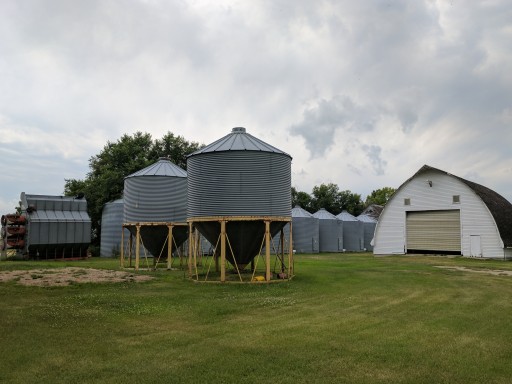U.S. Farming is Big Business
U.S. Farming is Big Business
2.2 million farms cover America’s rural landscape and 99% of those farms are owned and operated by families, individuals, family partnerships or family corporations. One U.S. farm feeds 165 people annually in the U.S. and abroad.
U.S. Farming and Agriculture directly contributed $136.7 billion in 2015. Although there is a direct influence on GDP, there is more to be said about farming. Forestry, fishing, and related activities; food, beverages, and tobacco products; textiles, apparel, and leather products; food and beverage stores; and food service, eating and drinking places. Each of these activities, stores or services are all supported by U.S. Farming and Agriculture.
As each year passes, the amount of money that goes back into the farmers pocket has declined. The American Farmer only see about $0.16 out of every dollar spent, compared to the $0.31 out of every dollar in 1980. The remainder of the gross profit goes beyond just the farming fences towards wages, materials for production, processing, marketing, transportation, and distribution. Midsize Family Farms have a gross cash farm income between $350,000 and $999,000. Large-scale Farms have a gross cash farm income of $1,000,000 or more.
In 2016, the U.S. total farm expenditure average is $169,035/farm. On average, U.S. farm operations spent the following:
- Feed - $27,092
- Livestock and related expenses - $19,491
- Farm services - $20,319
- Labor - $16,616
Large family farms account for half of the U.S.’s hog production and 2/3 of dairy and high value-crops. Mid-Size and large family farms dominate cotton at 83% and cash grains/soybeans at 74%. Together, small and large farms account for 2/3 of beef production (small farms have cow operations and large farms operate feedlots).


